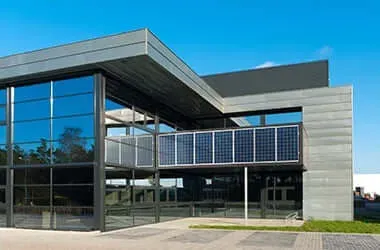which is better monocrystalline or polycrystalline solar panels
When considering solar energy for your home or business, one of the primary decisions you'll face is choosing between monocrystalline and polycrystalline solar panels. Both types have distinct features, advantages, and disadvantages that can significantly impact your investment.
Monocrystalline solar panels are made from a single crystal structure, which gives them a uniform appearance and typically a higher efficiency rate. These panels can convert about 15% to 20% of sunlight into usable electricity. One of the key advantages of monocrystalline panels is their superior performance in low-light conditions, making them ideal for areas with limited sunlight. Additionally, they require less space due to their higher efficiency, allowing for more power generation in confined areas. However, monocrystalline panels are usually more expensive due to the manufacturing process, which involves cutting silicon slices from single crystal ingots.
On the other hand, polycrystalline solar panels are created from multiple silicon crystals melted together. This results in a unique, speckled appearance and generally lower efficiency rates—typically between 13% and 16%. One of the primary benefits of polycrystalline panels is their lower cost, making them a popular choice for residential installations where budget constraints are a factor. While they may occupy more space to generate the same amount of electricity as monocrystalline panels, they are a practical choice for larger installations with ample roof area.
which is better monocrystalline or polycrystalline solar panels

In terms of longevity, both types of panels have long life spans, generally lasting between 25 to 30 years
. However, monocrystalline panels tend to have slightly better warranties due to their robust performance and efficiency.Ultimately, the choice between monocrystalline and polycrystalline solar panels depends on several factors, including your budget, available space, and specific energy needs. If you have limited roof space and are willing to invest more for higher efficiency, monocrystalline panels may be the better option. Conversely, if you're looking for a cost-effective solution and have space to spare, polycrystalline panels can serve you well.
In conclusion, both monocrystalline and polycrystalline panels have their merits. By understanding the differences and evaluating your unique situation, you can make an informed decision that aligns with your energy goals and budget.
-
Unlocking Energy Freedom with the Off Grid Solar InverterNewsJun.06,2025
-
Unlock More Solar Power with a High-Efficiency Bifacial Solar PanelNewsJun.06,2025
-
Power Your Future with High-Efficiency Monocrystalline Solar PanelsNewsJun.06,2025
-
Next-Gen Solar Power Starts with Micro Solar InvertersNewsJun.06,2025
-
Harnessing Peak Efficiency with the On Grid Solar InverterNewsJun.06,2025
-
Discover Unmatched Efficiency with the Latest String Solar InverterNewsJun.06,2025







